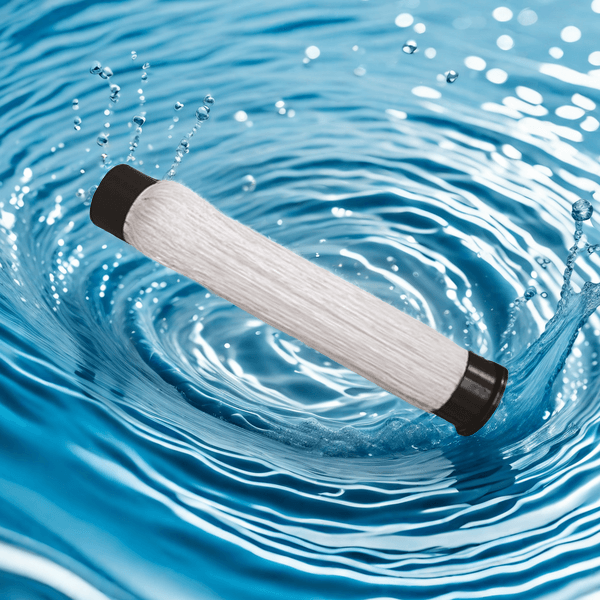How to improve the treatment efficiency of MBR membrane through aeration
The treatment efficiency of MBR membrane can be effectively improved by optimizing aeration, mainly including the following aspects:
1. Use dynamic aeration: Using variable aeration intensity (such as 0.75-1.50-3.00m³/(m²·h)) can delay membrane fouling, postpone the critical point of TMP “transition”, and extend the operation time of MBR in the second stage of membrane fouling.
2. Adjust aeration intensity: Properly increasing aeration intensity can slow down the trend of increasing transmembrane pressure difference (TMP), but at the same time, energy consumption needs to be balanced.
3. Optimize the layout of aeration system: Setting different numbers of aeration tubes in the middle and lower parts and the bottom of MBR membrane can enhance the intensity of air scouring, reduce the formation of mud blocks, and achieve a more uniform cleaning effect.

4. Regularly maintain the aeration system: By briefly opening the vent valve every day to form a negative pressure, it is helpful to remove the sludge and impurities blocked in the aeration tube and ensure that the aeration holes are unobstructed.
5. Control sludge concentration: Maintain appropriate sludge concentration to avoid excessive concentration that causes mud between membranes and blockage of aeration channels.
6. Use precise aeration control system: Use advanced control systems to monitor and adjust aeration volume in real time to ensure stable and efficient operation of the MBR system.
7. Consider seasonal factors: Adjust aeration strategies according to water temperature changes in different seasons. For example, in winter when the water temperature is low, it may be necessary to increase aeration intensity.
Through these aeration optimization measures, membrane fouling can be effectively reduced and the treatment efficiency and economic benefits of the MBR system can be improved. In practical applications, appropriate aeration optimization strategies should be selected according to specific circumstances and combined with other membrane fouling control measures to achieve the best operating results.
